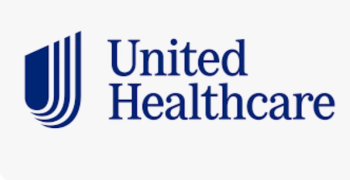
Insurers can engage consumers through reviews and social collaboration
As consumers access and act on health plan information, they'll begin seeing them as a trusted source, allowing insurers to tailor engagement to their needs.
Patients have access to vast health information sources via their smartphones, social networks and online content. And often, consumers believe unbiased information trumps its accuracy when making many health decisions, a new survey by Accenture indicates.
While consumers are increasingly engaged in their healthcare, don’t expect them to look to health insurers as their primary source of information for medical decisions. The survey of roughly 2,000 consumers showed most (69%) think information from health plans is steering them in a preferred direction and nearly two-thirds (65%) believe it’s difficult to apply to their situation.
But, health organizations have the ability to shift consumer perceptions, giving them the information they want while increasing transparency. With this approach, health plans can become trusted resources for their patients, empowering them in the process. Here’s how:
Leverage Strengths
Health insurers should start from a position of strength: patient reviews. When finding or qualifying a physician, about half (51%) surveyed turn to patient reviews from payers as their primary source of information. In fact, two-times more consult patient reviews from health insurers over other sources, including Doctors Review (20%), Health Grades (16%), Yelp (15%), Angie’s List (11%) and Zoc Doc (6%). This strength provides a solid foundation on which to grow and extend to other offerings.
It’s also important for health plans to make better use of sources consumers already trust, such as trained care managers (61 percent) or someone facing a similar health issue (57%), and consider how to better equip them to serve in an advisory role and help simplify decision-making. For instance,
Engage Patients
Health plans can also engage patients by facilitating social collaboration. For example, UK-based
As consumers access and act on health plan information, they'll begin to see them as a trusted source and enable insurers to tailor engagement to the patient’s needs.
Enable Action
Health organizations have the ability to shift consumer perceptions and influence behavioral change. One approach using the
As health plans work to provide a robust variety of options for consumers to learn about their own care and become more engaged, it’s important to remember that different patients have different needs. Starting from a position of strength provides a foundation for growth as consumers engage and act on their health. The more healthcare plans learn how and when to give guidance, the more consumers accept input as part of their own decision-making process.
Newsletter
Get the latest industry news, event updates, and more from Managed healthcare Executive.

















































